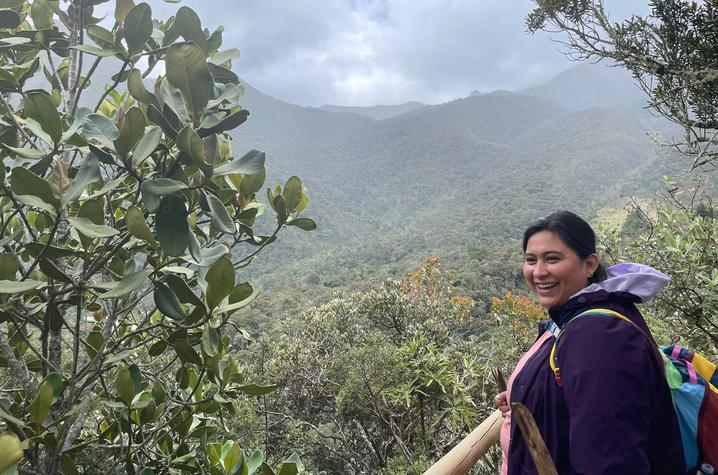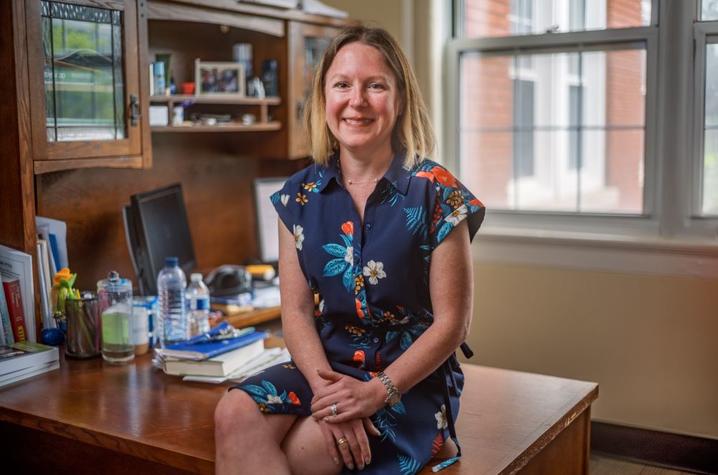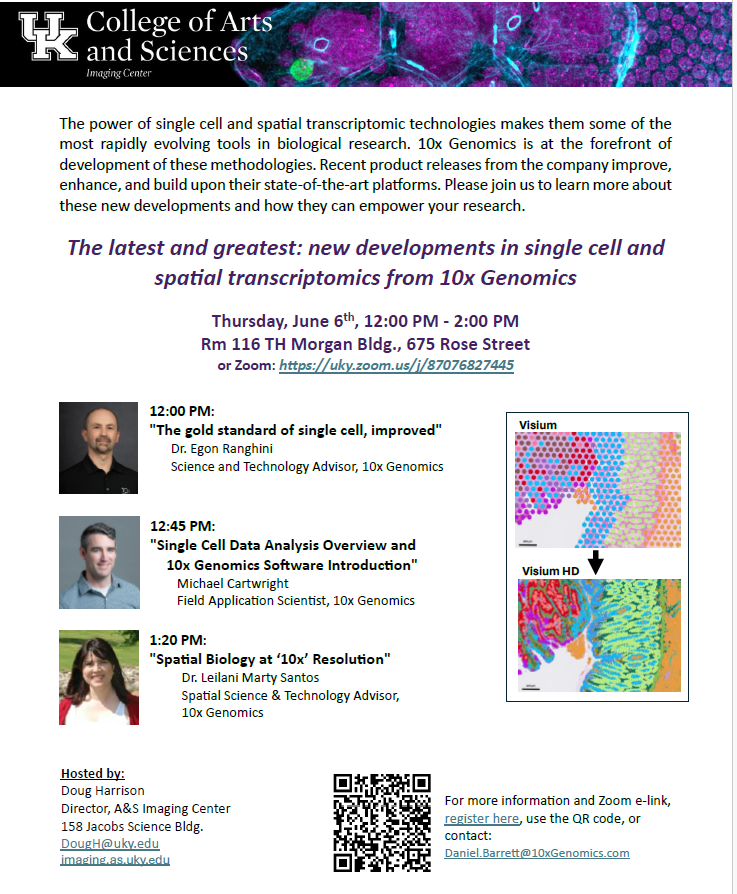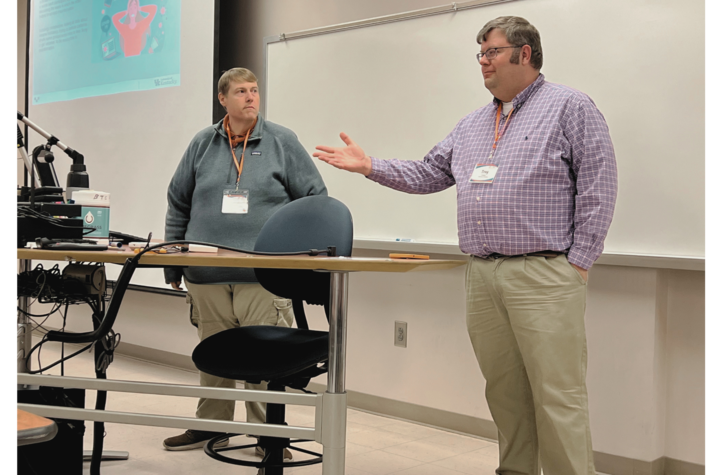UK students win scholarships to study critical languages abroad
By Emily Sallee
LEXINGTON, Ky. (June 5, 2024) — The University of Kentucky Office of Nationally Competitive Awards announced three students have been selected as award winners of a Critical Language Scholarship.






